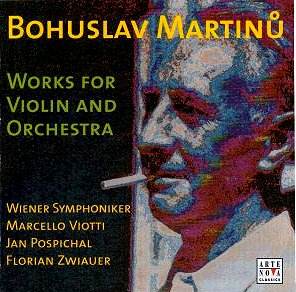 Composer: Sir Edward Elgar (1857-1934)
Composer: Sir Edward Elgar (1857-1934)
Works: Organ Sonata No. 1 in G, Sacred Music: Ave verum corpus, Ave Maria, Ave maris stella, Vesper Voluntaries: Introduction and Andante, Angelus, Give Unto the Lord (Psalm 29), O Hearken Thou, Te Deum and Benedictus
Performers: Herbert Sumsion (organ), Choir of Worcester Cathedral (conducted by Christopher Robinson)
Recording: Recorded at Gloucester Cathedral (4-6 January 1965) and Worcester Cathedral (6-8 March 1969)
Label: EMI CDM 5 65594 2
The music of Edward Elgar, often steeped in the grandeur of British Romanticism, finds a particularly resonant expression in his organ works, notably the Organ Sonata No. 1 in G. Composed in 1892 during a period of personal and professional maturation, the sonata encapsulates a profound blend of introspective lyricism and rousing ceremonial vigor, a duality that is mirrored in Elgar’s broader oeuvre. The current recording, featuring the venerable Herbert Sumsion at the organ, offers not only a historical perspective but also an interpretation that invites both admiration and contemplation.
Sumsion’s performance is characterized by a meticulous clarity that pervades the sonata’s intricately contrapuntal passages. His command over the instrument is evident, particularly in the second movement, where he showcases his ability to navigate the ebb and flow of Elgar’s thematic material with both precision and emotional weight. The opening “Allegro” bursts forth with a nobilmente spirit, its sweeping phrases delivered with a sense of grandeur that befits the work’s ceremonial intent. Notably, in the contrasting sections, Sumsion’s sensitivity shines through; he imbues the quieter, contemplative moments with a lyrical quality that evokes an ethereal beauty, a testament to his deep understanding of Elgar’s intentions.
The recording quality, overseen by the esteemed producer Brian B. Culverhouse, is exemplary, capturing the rich tones of the Gloucester Cathedral organ—a perfect match for the bold Romanticism of Elgar’s style. The depth and resonance of the instrument allow for a full-bodied sound that complements the grandeur of the compositions. In particular, the “Te Deum and Benedictus” benefits from this acoustical clarity, where the choir of Worcester Cathedral, under Christopher Robinson’s deft direction, articulates the text with a blend of fervor and solemnity that elevates the experience. The “O Hearken Thou” rendered in this recording resonates with its historical context, having been performed at the coronation of George V, and Sumsion’s interpretation underscores its significance with a reverent touch.
The sacred music selections, including the well-loved “Ave verum corpus,” reveal Elgar’s early melodic instincts and his ability to convey profound emotion within concise forms. The simplicity and sweetness of these early works stand in stark contrast to the more complex textures of the Organ Sonata, yet Sumsion’s interpretations maintain a consistent emotional thread throughout the album. Each piece is executed with a sense of integrity, bridging the gap between Elgar’s youthful expressions of faith and his later, more expansive works.
This recording serves not only as a significant document of Elgar’s lesser-known organ compositions but also as a showcase of Sumsion’s artistry—a connection to the composer himself. For enthusiasts of Elgar’s music, it offers a rich and rewarding listening experience that deepens the understanding of his sacred and organ repertoire. The combination of historical performance practice, the acoustics of the venues, and Sumsion’s interpretative choices coalesce into a compelling portrait of Elgar’s musical landscape. The album stands as an inspiring testament to the enduring power of Elgar’s music, revealing layers of meaning that continue to resonate with audiences today.



